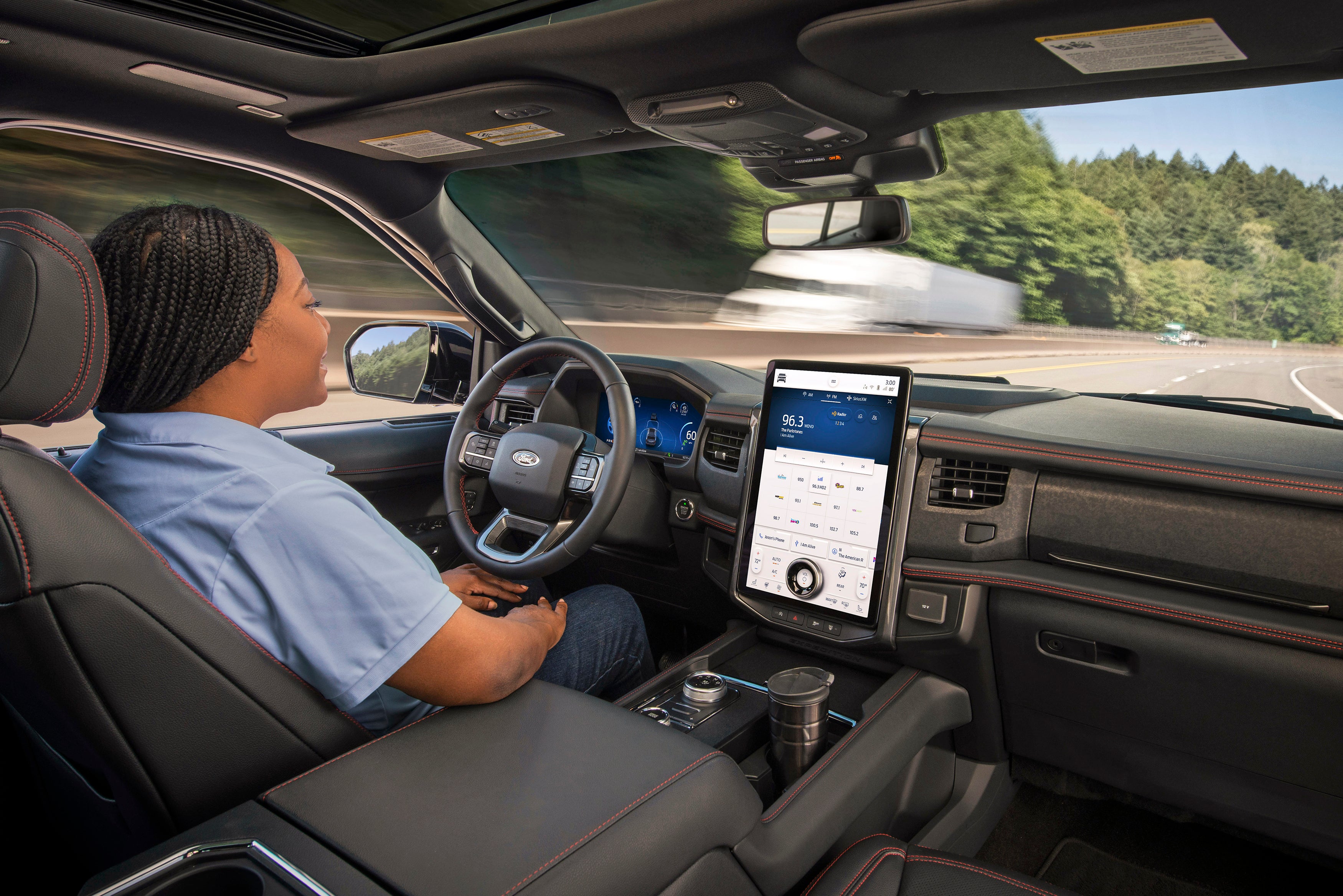Edmunds: Who offers hands-free driving systems for 2023?
Fully autonomous or self-driving cars are the future of transportation, but they’re still a ways away

Fully automated self-driving cars are still a thing of the future. But you can get a taste of what they’ll be like if your vehicle has what’s commonly described as hands-free driving capability. A vehicle so equipped can automatically accelerate, brake and steer for the driver without the driver needing to keep hands on the steering wheel. It can seem like a neat feature, but there’s more that car shoppers should know before making a purchasing decision.
First off, only a few automakers offer hands-free driving currently, and each gives its own system a different name. Additionally, there are a lot of limitations on what each system can do. Most will only work on certain highways, and other criteria must be met before the system can operate hands-free. The driver still needs to pay attention to the road at all times and be ready to take over when the system requests it or when an emergency maneuver is needed. With that, Edmunds rounds up the most significant hands-free driving systems available this year.
FORD
BlueCruise is the name of Ford and Lincoln’s hands-free driving system. It provides hands-free driving capability on more than 130,000 miles of designated major highways. Updated versions of BlueCruise also have the capability to automatically change lanes and adjust speed for sharp curves in the road. It’s available as an option on certain trim levels of select Ford and Lincoln models. For most of them, BlueCruise comes with three years of included functionality. After that, it requires a subscription plan to use the feature.
GENERAL MOTORS
GM’s hands-free driving system is called Super Cruise. It’s available on certain trim levels in various Chevrolet, GMC and Cadillac models. As with most hands-free systems, you can only take your hands off the wheel on certain premapped roads, and GM says Super Cruise works on up to 400,000 miles of roadways. Similar to BlueCruise, applicable GM vehicles come with three years of Super Cruise functionality. After that, it requires a monthly subscription to keep the feature active.
NISSAN
Nissan’s ProPilot 2.0 is much like BlueCruise and Super Cruise. When activated under the right conditions, the system can automatically accelerate, brake and steer for the driver. ProPilot 2.0 recently hit the market with the release of the new Ariya electric SUV, the only vehicle currently offering the system on its upper trims. Nissan says the system can operate hands-free on over 200,000 miles of certain highways.
BMW
BMW’s Extended Traffic Jam Assistant has been available for a few years. It provides hands-free driving at speeds up to 40 mph on certain highways. A new and more capable system is also coming out this year. Called Highway Assistant, it can automatically maintain your speed up to 80 mph and provide automatic lane changes. Information on the system is currently limited, but it will be available on the i7 electric sedan and other high-end BMW models.
MERCEDES-BENZ
Mercedes will release its first hands-free driving system for the U.S. market later this year in the S-Class and EQS electric sedan. It’s called Drive Pilot and will be the first Level 3 conditional automated drive system ever offered in the U.S. With Level 3, the interior camera must see the driver’s face, but the driver can take his or her eyes off the road. All of the other systems on this list are Level 2, meaning the driver’s eyes must always be on the road. Drive Pilot can only operate on certain highways at speeds up to 40 mph due to current regulations and has only been approved in the state of Nevada, with California following later this year.
TESLA
Things are more complex with Tesla. The company offers the Full Self-Driving system on newer models with the appropriate hardware. Despite its name, Full Self-Driving isn’t yet a self-driving system, though Tesla says it will be at one point in the future. For the current Full Self-Driving system to have hands-free capability, owners must opt-in to the Beta version. Tesla offers Full-Self Driving Beta to anyone who has the regular Full Self-Driving system. Notably, Full-Self Driving Beta can operate hands-free on most regular roads or highways.
EDMUNDS SAYS:
Hands-free driving systems are a step closer to the future. For now, keep in mind that hands-free doesn’t mean “eyes-free.” The technology is quickly evolving, and we expect to see automakers offering more capable driving systems in the near future.
____
This story was provided to The Associated Press by the automotive website Edmunds.
Michael Cantu is a contributor at Edmunds and is on Instagram.